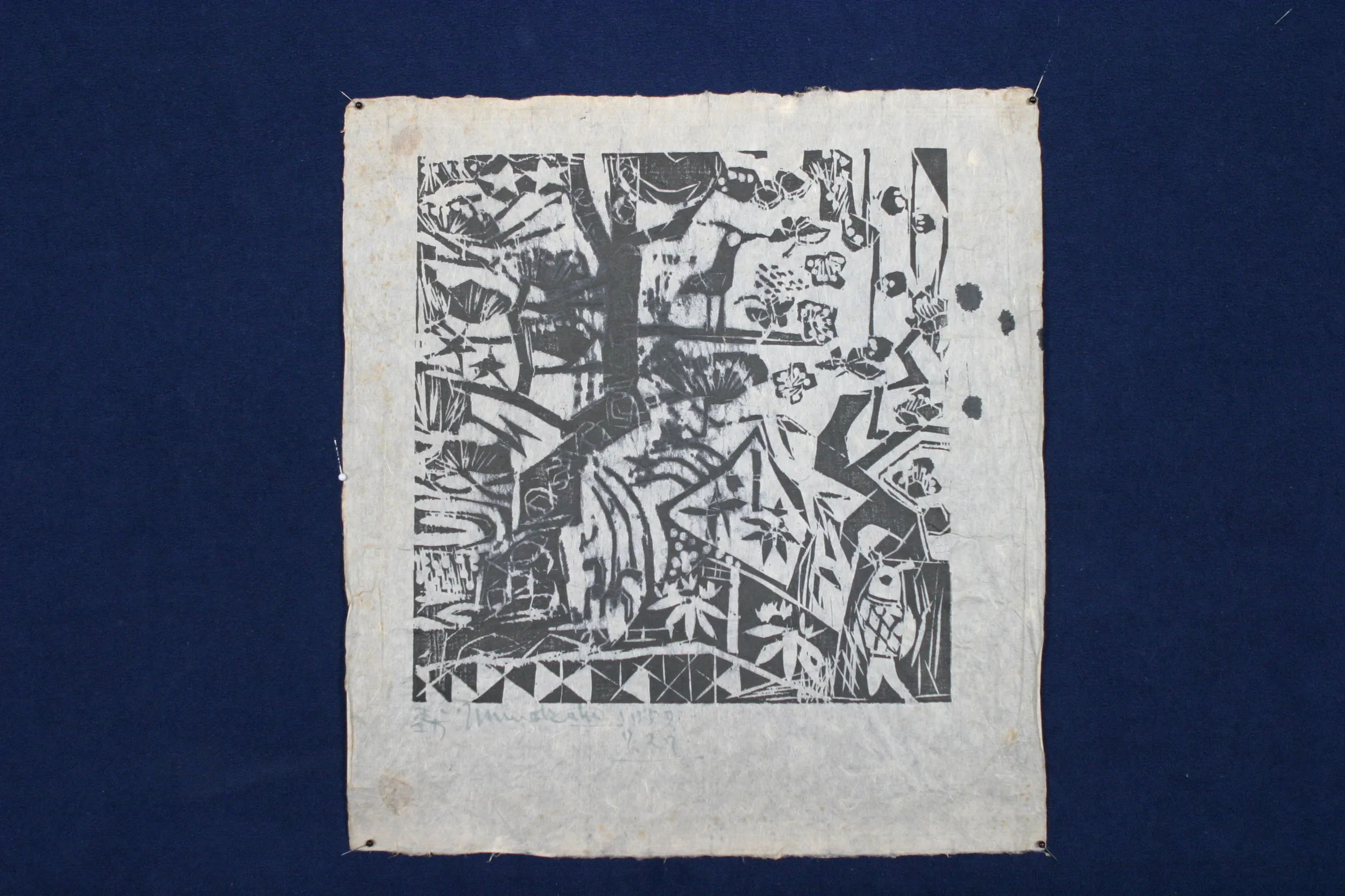GUEST: I collect posters having to do with women, but normally posters having to do with, uh, World War I. And I found this, and I had never seen a women's suffrage poster before, so I was very interested. I bought it and then I tried to research it, and I haven't been able to find any posters on women's suffrage. And I even went to the Library of Congress six years ago and they didn't have any suffrage posters.
APPRAISER: When you bought it, uh, how much did you pay for it?
GUEST: I think it was either $50 or $75.
APPRAISER: Do you know anything about the date of the poster?
GUEST: Well, it's got to be before 1919. And I don't think it says anything there, but I did research the artist. And the woman who painted it was from Rochester at the beginning of the century. And it was just a painting that had nothing to do with women's suffrage, so I know it's early 19...
APPRAISER: Yeah, that's right, and I... Was it 1920 that the 19th Amendment was passed, giving women the right to vote? I think it's...
GUEST: I think it's, well, 1919 or 1920, yeah.
APPRAISER: In that period. The women's suffrage movement was the movement to give women the right to vote. And it was gaining speed in America. America was not one of the first countries to ratify that right. We sort of came to that realization slowly. Now, your question to me about this poster was, "Is it real?" It is real. I've never seen a reproduction of the poster. In fact, I've actually never seen the poster before. I've only seen it in some of my reference books. Do you know where the quotation is from?
GUEST: I used to, but I can't remember.
APPRAISER: I, I'll be honest. I, I'm not too familiar with the Bible, but I did look it up.
GUEST: It is the Bible, right?
APPRAISER: It's Proverbs, uh, 31:31. It's a wonderful sentiment. And if you look at the image of the woman in this organic way, you see why, women as part of the Earth, women should be given the right to vote. They should be given the fruit of her hands.
GUEST: Right.
APPRAISER: The poster is not in great condition.
GUEST: It's not, yeah.
APPRAISER: There's a lot of little areas where water has gotten in and it's begun to become eroded. This is metallic gold ink. So I think the water was reacting with the metallic gold and it's begun, basically, to, to freckle or to become foxed. There are some repaired tears, also. I'm not going to be too critical about the condition. The theory is, when you find the Holy Grail and there's a chip in it, you've got to take it for it is. The image was so popular and was so important to the American suffragette movement that it appeared not only in posters, but also on pamphlets, on brochures, and on magazine covers. This was a ubiquitous image...
GUEST: Interesting.
APPRAISER: ...for the American suffragette movement. And you don't see too many suffragette posters because the movement didn't have that many posters.
GUEST: Right.
APPRAISER: Curiously, you'll find a lot of suffragette posters from England. The suffragette movement in England had a far better graphic tradition. Works by this artist have sold before in the $7,000 to $10,000 range. But because of the social importance of this poster, because of the rarity of this poster, I would estimate it at auction at $10,000 to $15,000.
GUEST: Wow.
APPRAISER: And really think that's just the beginning. I don't know where it could finally end up.
GUEST: Well, that's fabulous.














